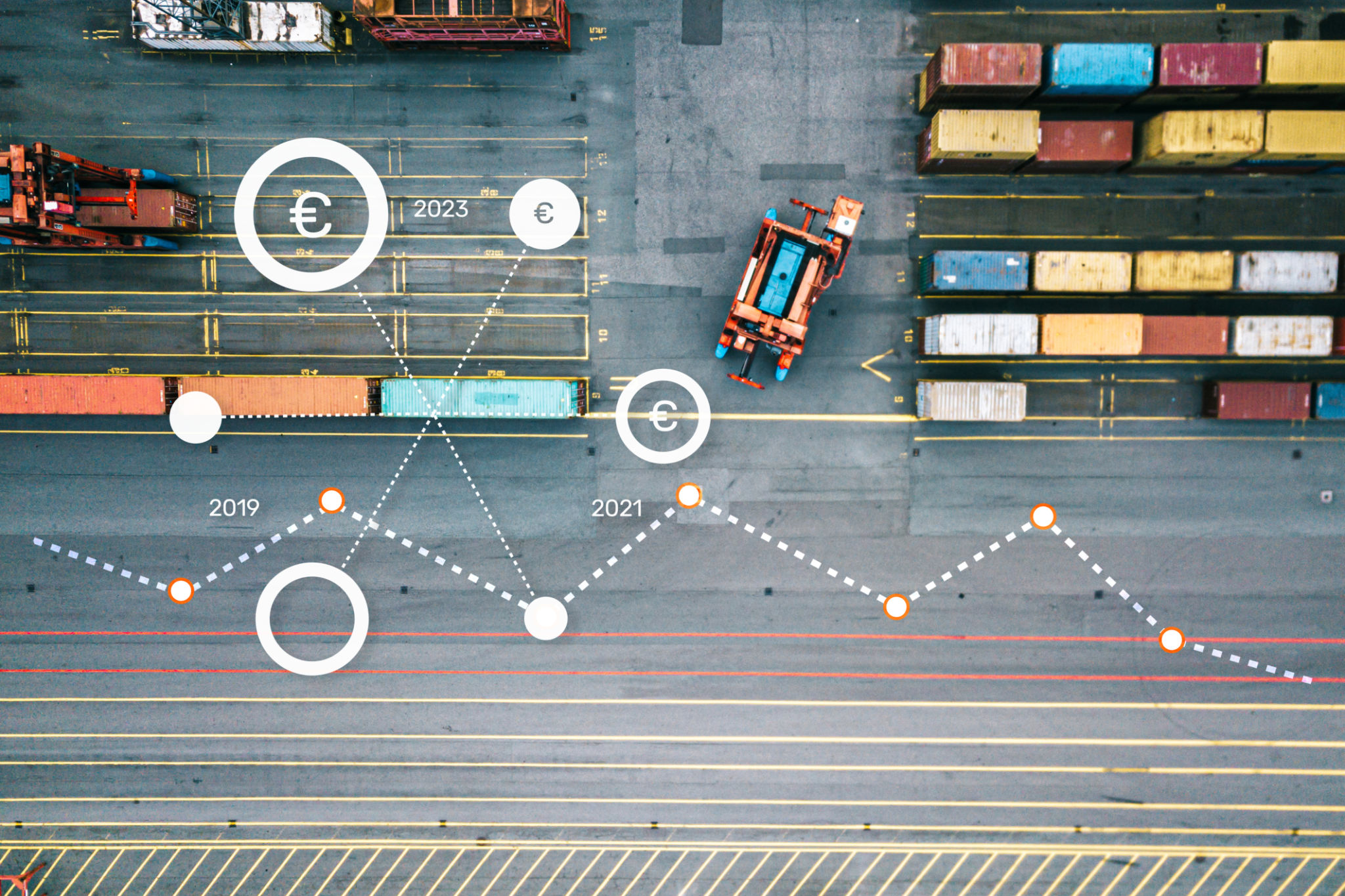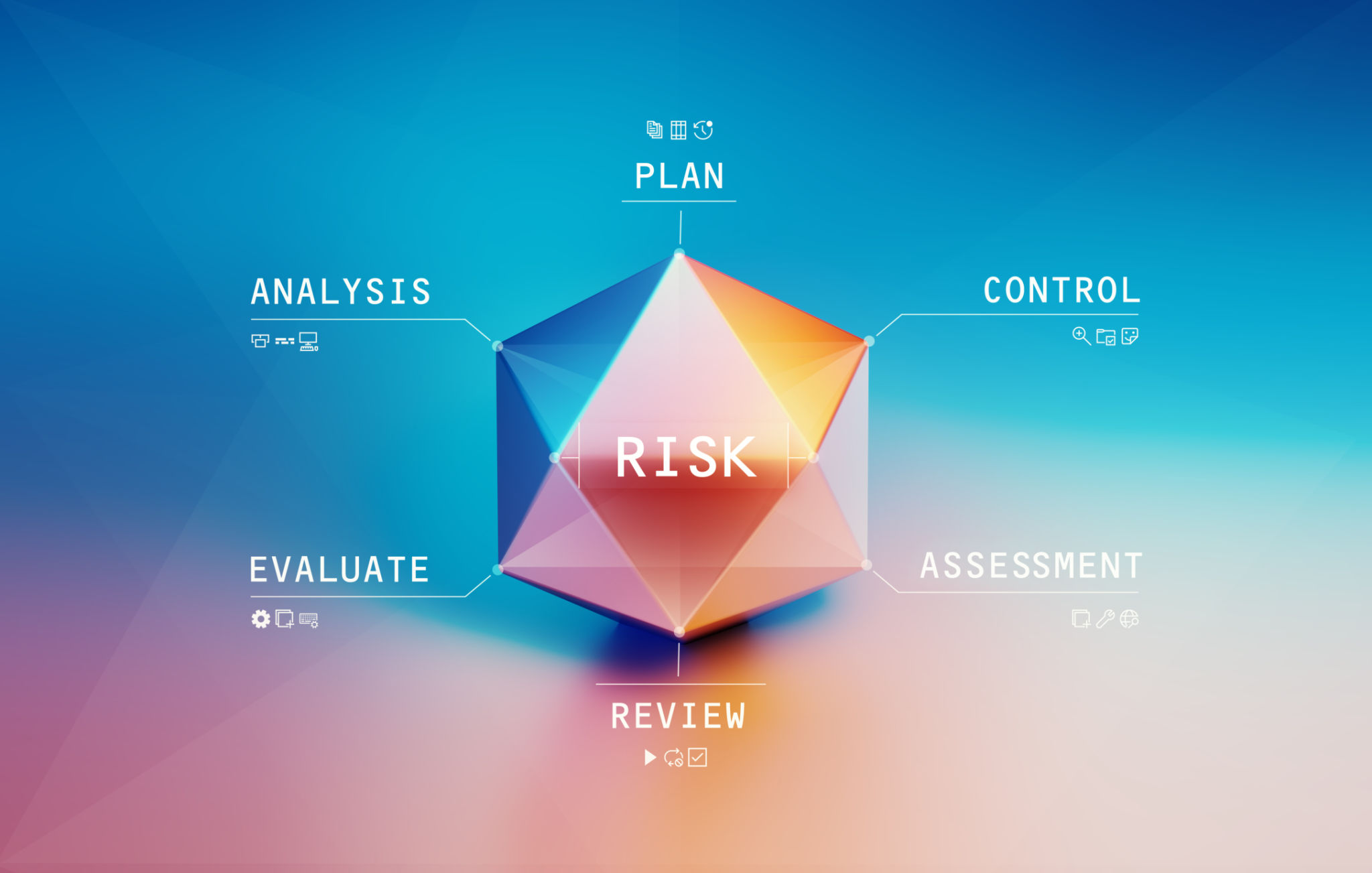Building a Lean and Resilient Supply Chain: Key Strategies and Solutions
Understanding the Importance of a Lean and Resilient Supply Chain
In today's fast-paced global market, businesses face numerous challenges that can disrupt their supply chains. From natural disasters to geopolitical tensions, the unpredictability of these events necessitates a supply chain that is both lean and resilient. A lean supply chain focuses on efficiency and waste reduction, while resilience ensures that the supply chain can quickly adapt to changes and recover from disruptions.
Building a lean and resilient supply chain is not just about cutting costs; it is about creating a robust framework that can withstand various challenges. This involves strategic planning, technology integration, and fostering strong relationships with suppliers and partners.

Key Strategies for a Lean Supply Chain
Streamlining Processes
Efficiency starts with streamlining processes across the supply chain. By identifying and eliminating waste, businesses can reduce costs and improve productivity. Lean principles such as Just-In-Time (JIT) inventory management help minimize excess stock while ensuring that materials are available when needed.
Embracing Technology
Technology plays a critical role in enhancing supply chain efficiency. Implementing systems like Enterprise Resource Planning (ERP) and Transportation Management Systems (TMS) can provide real-time visibility into operations, enabling quicker decision-making and better resource allocation. Additionally, automation and artificial intelligence can further optimize processes by predicting demand and managing inventory levels effectively.

Building Resilience into Your Supply Chain
Diversifying Suppliers
Relying on a single supplier or region can be risky. To build resilience, it's essential to diversify your supplier base. This strategy not only reduces dependency on a particular source but also provides flexibility to switch suppliers in case of disruptions. Companies should evaluate potential risks and establish strong relationships with multiple suppliers globally.
Creating a Risk Management Plan
A comprehensive risk management plan is crucial for a resilient supply chain. This involves identifying potential risks, assessing their impact, and developing contingency strategies. Regularly updating this plan and conducting drills can prepare your team to respond swiftly to unforeseen events.

Solutions for Enhancing Supply Chain Resilience
Investing in Inventory Buffers
While lean principles advocate for minimal inventory, maintaining strategic inventory buffers can be a lifesaver during disruptions. These buffers act as a cushion against supply chain hiccups without leading to excessive holding costs. The key is to balance between lean practices and adequate stock levels to ensure continuity.
Collaborative Partnerships
Strong partnerships with suppliers and logistics providers are vital for a resilient supply chain. Collaborative relationships foster open communication, trust, and shared objectives, allowing for more effective problem-solving during crises. Joint planning and shared technology platforms can enhance coordination and agility.

The Path Forward
Building a lean and resilient supply chain is an ongoing journey that requires continuous evaluation and adaptation. By implementing key strategies such as process streamlining, technology adoption, risk management, and collaborative partnerships, businesses can create a supply chain ready to face future challenges.
Ultimately, the goal is to align your supply chain strategy with business objectives while remaining agile enough to adapt to changing market conditions. A well-designed supply chain not only supports operational efficiency but also provides a competitive edge in today's volatile business environment.